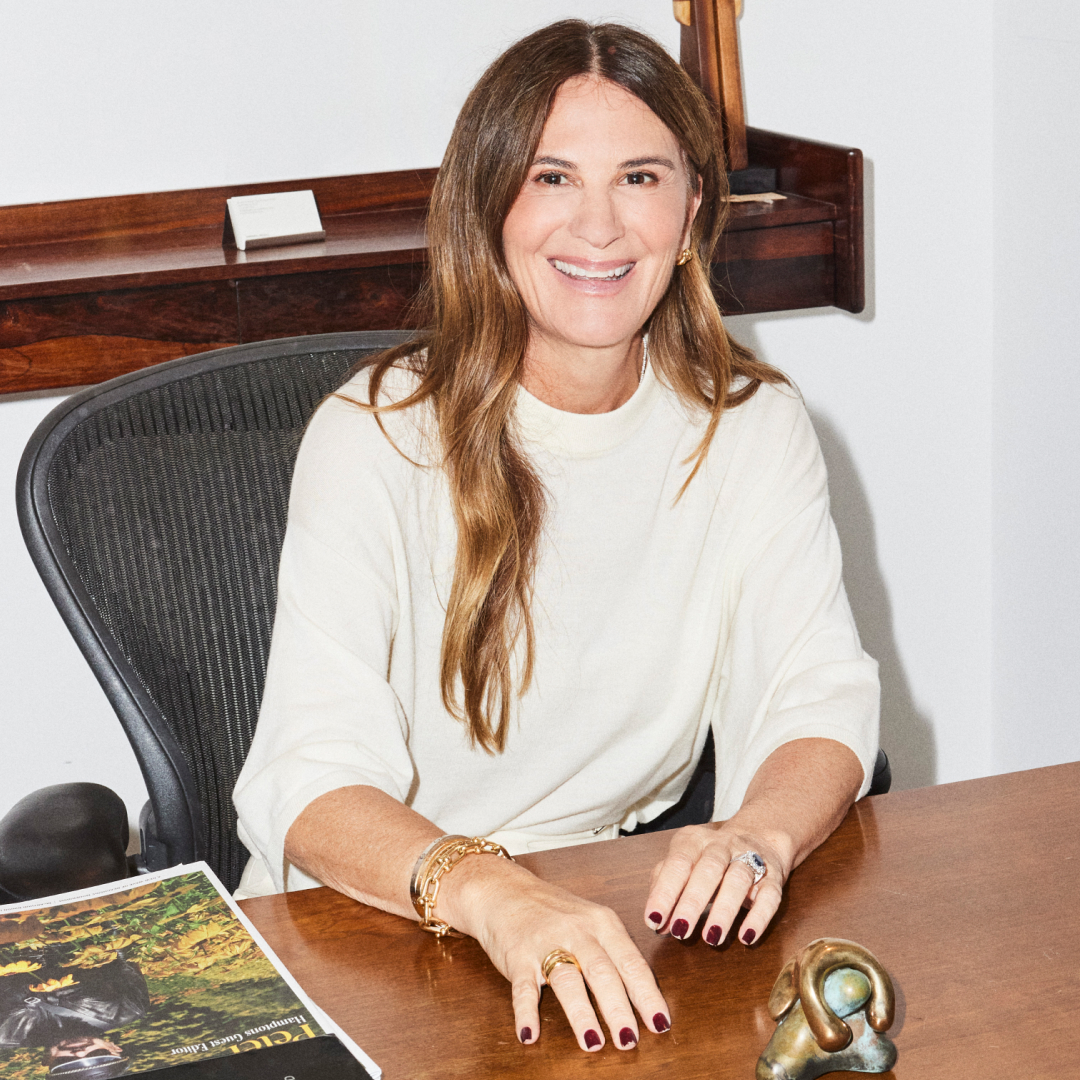Show Notes
Summary
Zinnia Kumar is anything but unseen, but would that have been the case had she not fought so hard on so many fronts? An ecologist, activist, writer, and model, this Australian multihyphenate shares her unique journey to claiming an undeniable presence. In this episode, she discusses with Christopher Michael the stereotypes that have trapped South Asians—especially women—ultimately shaping how they see themselves. More than anything, these discriminating notions are related to consumer psychology and the images sold by the beauty, fashion, and media industries. She details some drivers of bias and unequal representation and highlights the blinding privilege of those in positions to affect change. Zinnia calls out stubborn systemic barriers and, as an optimist, offers thoughts on actionable steps toward creating a multicultural and multiethnic landscape. Her vision is one of representation of the full spectrum of human colors, shapes, and features—not as an act of tokenism—but as a reflection of our current global reality. As both a commercial face and a face for change, Zinnia profoundly understands what it means to young women everywhere to identify with visual representations. And that accurate cultural and ethnic representation is empowering and the way of the future.
Read more...
Episode Highlights
Why Zinnia believes consumer psychology is a driver in the commercial targeting and feedback loop around politics and unconscious biases that define the concept of beauty. Zinnia highlights two types of beauty: The homogenized ideal people see daily on social media and elsewhere; New ideals and norms in the making, which are controlled by casting directors and tastemakers. The commercial definition of beauty has expanded and has become more inclusive in terms of color, size, shape, features, and ethnic diversity; Zinnia believes in general that the beauty standard still reflects norms that existed 20–30 years ago.Enduring “Hierarchies of Visibility” projected in the mediaDespite inroads in colorism, the practice (and marketing) of skin bleaching remains popular globally, along with genuine social, psychological, and economic ramifications. Actionable steps for change: Ban marketing and sales of bleaching products of any type; Reject the use of color as a performative marketing strategy, which is fundamentally superficial and indifferent to deeper social and psychological issues of colorism; Increase visibility for people of color and a full range of features.Zinnia’s view from behind the camera, as a social science researcher, and in front of the camera, as a model, has afforded her a glimpse of privilege and its impacts socially and psychologically, especially for young girls.A tumultuous and disadvantaged family history challenged Zinnia to intentionally practice optimism (rather than negativity and defeat).Is it truly inclusivity and belonging if culture, religion, or ethnicity define the roles in which models and others in the media are cast?Zinnia reflects on the issues shaping representations of South AsiansThe change that Zinnia seeks: An expanded conversation that enfranchises all under-represented minority, ethnicity, or cultural groups; Global inclusivity across all sectors—leaving no group invisible; Raising up—and bringing fresh perspective to—voices that have been historically unheard; Education through openness and candid conversations that raise awareness.





































































